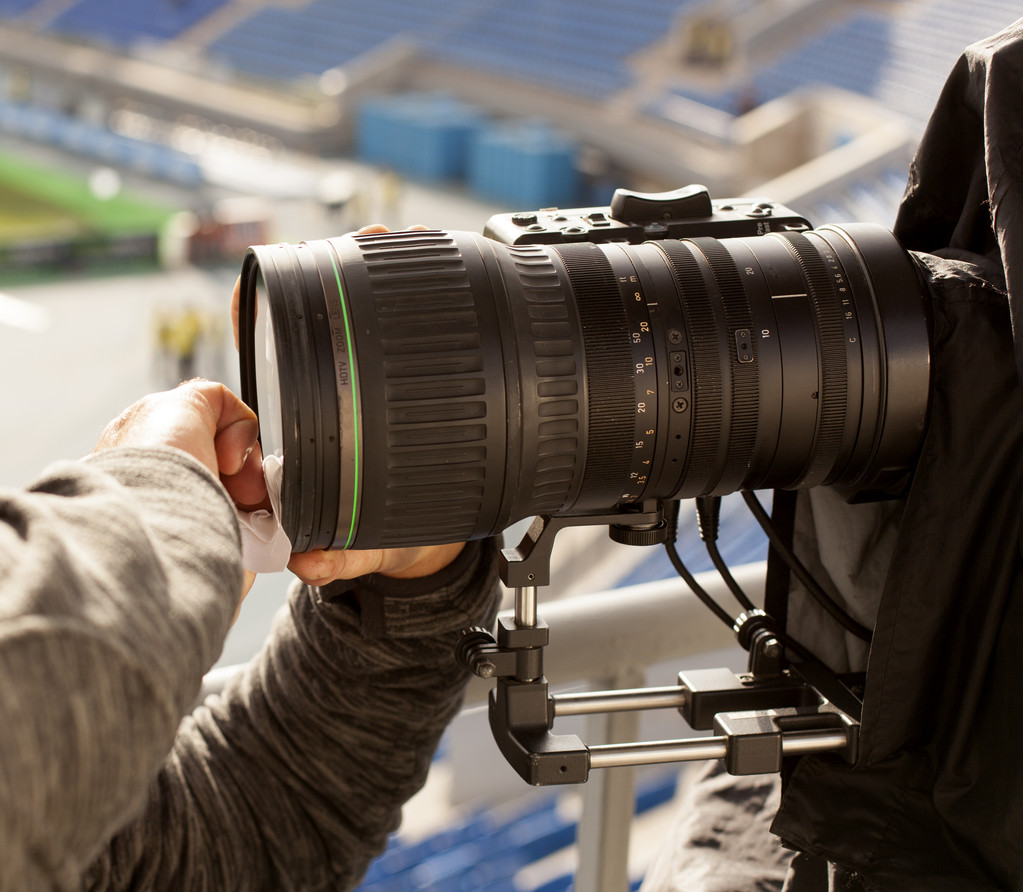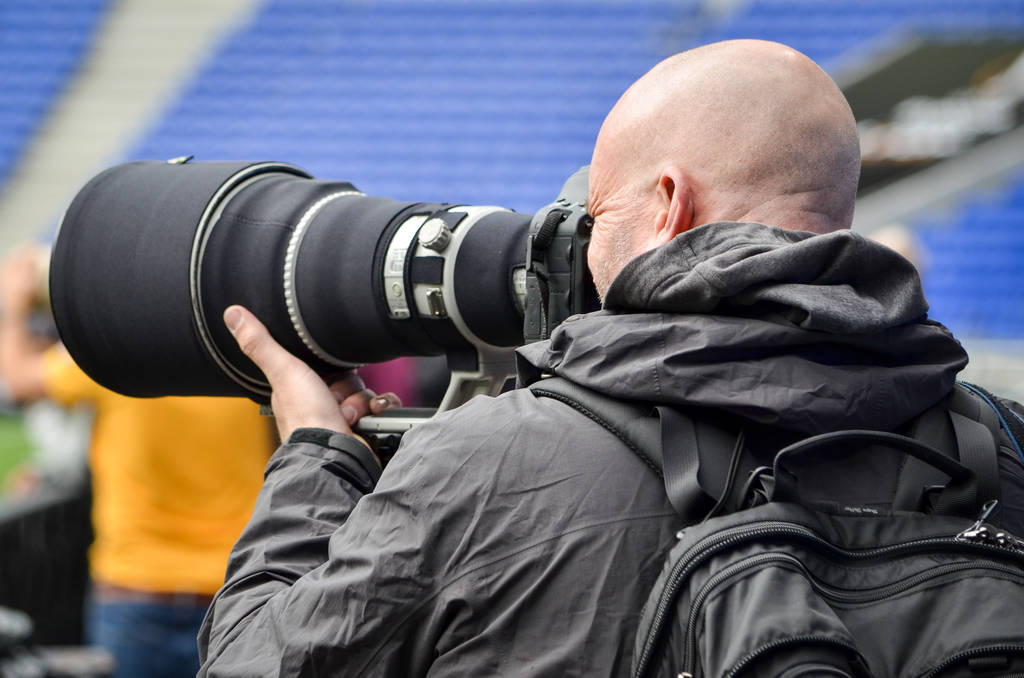
Choosing the Right Gear for Sports Photography: What You Need to Know
Choosing the right gear for sports photography is a journey filled with exciting challenges and rewarding outcomes. Sports photography demands agility, precision, and the ability to capture split-second moments that embody the spirit of the game. Whether it’s capturing the high-flying action of basketball or the strategic maneuvers in Brazilian jiu-jitsu, the right equipment can make all the difference.
Understanding the Demands of Sports Photography
The world of sports is fast-paced and unpredictable. Photographers need to be ready to capture moments that happen in a blink of an eye. This requires equipment that can keep up with the action. The key is to have a camera that offers fast autofocus, high frame rates, and excellent performance in various lighting conditions.
Cameras: The Heart of Your Gear
When choosing a camera for sports photography, look for models that offer high-speed continuous shooting. DSLR cameras have long been the go-to choice for many sports photographers due to their robust build and reliable performance. However, mirrorless cameras are rapidly gaining popularity due to their lighter weight and advanced autofocus capabilities.
The Canon EOS-1D X Mark III and Nikon D6 are top-tier DSLRs known for their exceptional autofocus systems and high frame rates, making them ideal for capturing high-speed sports action. On the mirrorless front, the Sony Alpha a9 II stands out with its incredible speed and real-time tracking capabilities.
Lenses: Choosing the Right Focal Lengths
The choice of lenses is critical in sports photography. You need to consider the type of sport you’re shooting and your position relative to the action. Zoom lenses offer versatility, allowing you to capture both wide scenes and close-up action without changing lenses. The 70-200mm f/2.8 lens is a staple in most sports photographers’ kits, providing a good balance between range and speed.
For indoor sports or events with limited movement space, like gymnastics or martial arts, a prime lens with a wide aperture (like a 50mm f/1.4) can be advantageous for its ability to handle low light conditions and achieve faster shutter speeds.
Essential Accessories
Beyond cameras and lenses, certain accessories are essential for sports photography. A monopod, for instance, provides stability for long lenses without the bulkiness of a tripod. It’s particularly useful for sports like soccer or track and field, where you might need to move quickly.
A high-quality camera bag is also crucial. It should be comfortable to carry, provide easy access to your gear, and offer adequate protection against the elements.
The Role of Lighting
Good lighting is key in sports photography. While natural light is often the best source, indoor sports events may require additional lighting equipment. A flash can be useful, but it’s important to know the rules of the venue and the sport – some prohibit flash photography as it can distract players.
The Importance of Speed and Storage
Sports photography generates a lot of data quickly, especially when shooting in burst mode. Fast memory cards are a must to ensure your camera can keep up with the action. Look for cards with high write speeds to reduce buffer times. Equally important is having enough storage, as running out of space at a crucial moment can mean missing the shot of the day.
Post-Processing Software
After capturing the action, post-processing plays a significant role in sports photography. Software like Adobe Lightroom and Photoshop are industry standards, allowing you to adjust exposure, crop for composition, and sharpen images to bring out the details.
Continuous Learning and Practice
Finally, the best gear in the world won’t make up for a lack of skill and practice. Sports photography is an art that requires an understanding of the sport, anticipation of action, and the ability to quickly adapt to changing scenarios. Continuous learning and practice are essential to mastering this exciting and dynamic field of photography.
Choosing the right gear for sports photography is a balance of understanding your needs, the demands of the sport, and the capabilities of the equipment. From fast-paced DSLRs to versatile lenses and essential accessories, each piece of gear plays a pivotal role in capturing the essence of sports. Remember, while high-quality gear is important, your skill, understanding of the sport, and creative vision are what truly bring the magic of sports to life through your lens.

